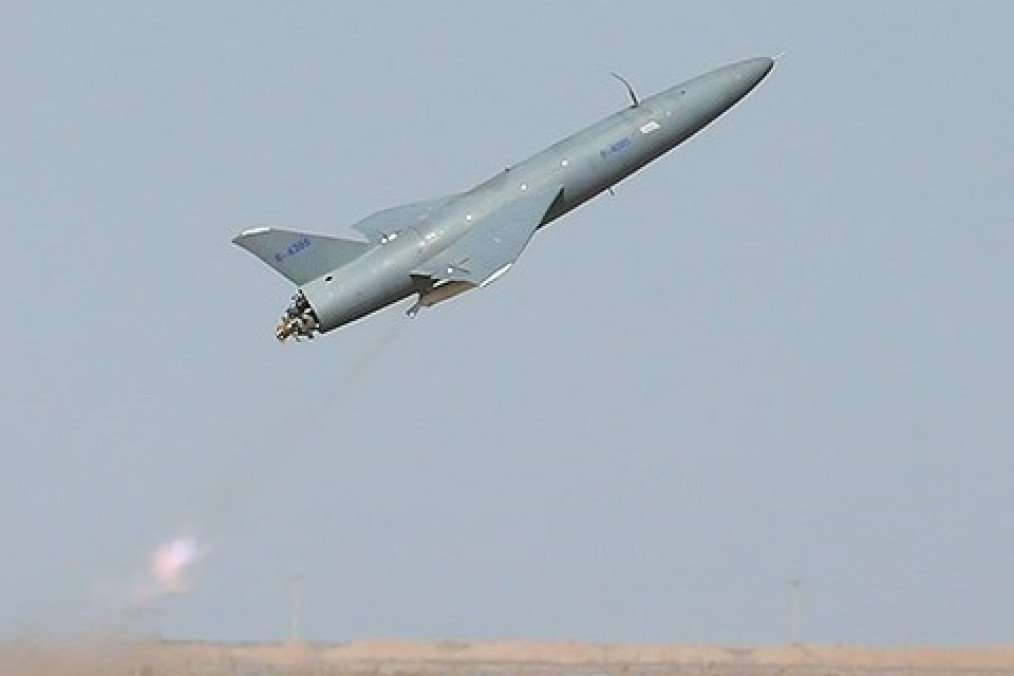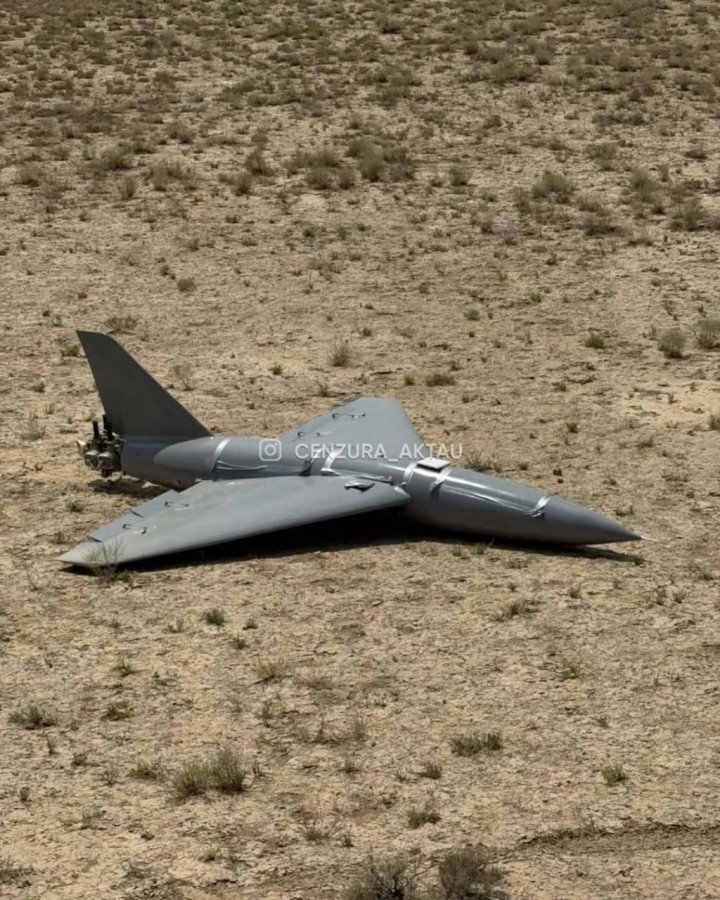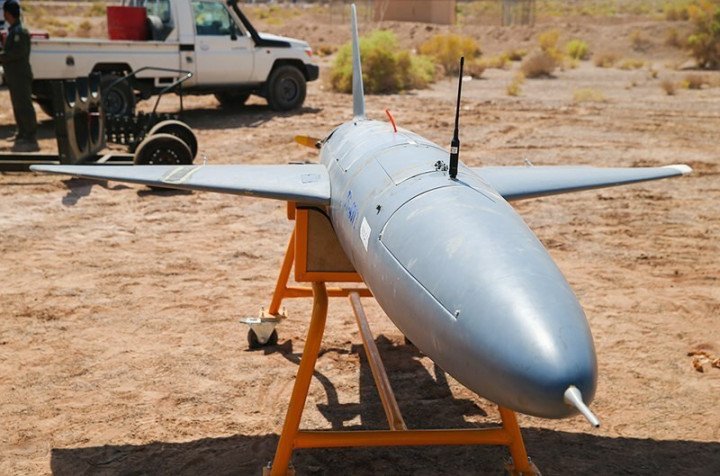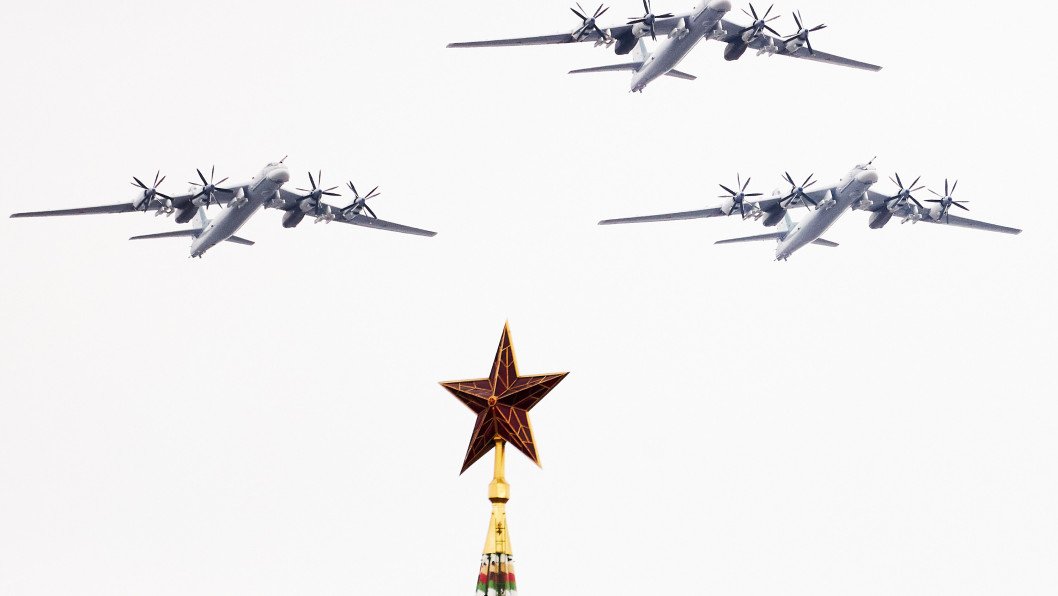- Category
- Latest news
Russia Suspected of Testing Iranian Drones in This Country’s Airspace—What We Know So Far

Russia is likely using a test site in Kazakhstan to trial military drones, according to a report by Kazakh news outlet ORDA, citing officials from the country’s Ministry of Defense on June 19.
Since February 2025, incidents involving Russian drones in Kazakhstan have become noticeably more frequent. Authorities have documented at least five cases in western Kazakhstan where either drone fragments or intact unmanned aerial vehicles (UAVs) were discovered.

Kazakhstan’s Deputy Defense Minister attributed the incidents to a nearby testing ground used by the Russian military for drone trials. However, he did not clarify the exact location of this range.
That lack of clarity has raised new questions. Notably, the Mangystau region—where an Iranian-made Arash-2 drone was recently found—does not directly border western Kazakhstan. This geographic mismatch has fueled speculation about the actual origin of the drones.

One theory is that Russian drones are being launched from Russia’s Astrakhan region, crossing the Caspian Sea before entering Kazakh airspace. Another possibility is that the test range in question is located within Kazakhstan, near its western border, and is being used in coordination with Russian defense interests.
This is not the first time Russian drones have crashed on Kazakh territory. On February 19, a Russian Orlan-10 reconnaissance drone was found flying near oil pipeline infrastructure in Kazakhstan, close to the facilities of the Caspian Pipeline Consortium—a joint Russian-Kazakh venture.

Photos of the downed UAV confirmed it was a Russian-made Orlan-10, but Russian state media attempted to deflect responsibility by falsely claiming the drone was a French SAGEM Crecerelle.
Earlier, another Russian drone—this time a Geran-2 (Iranian Shahed-136 variant) with the serial number Ы18358—was discovered on the ground in Kazakhstan, raising further concerns about cross-border drone activity and misidentification campaigns by Russian propaganda outlets.


-ce9a134791207c81306f56ab3d75ffb6.jpg)
-72b63a4e0c8c475ad81fe3eed3f63729.jpeg)
-45ed3be17a7bb74903649ed9258196f8.jpg)

